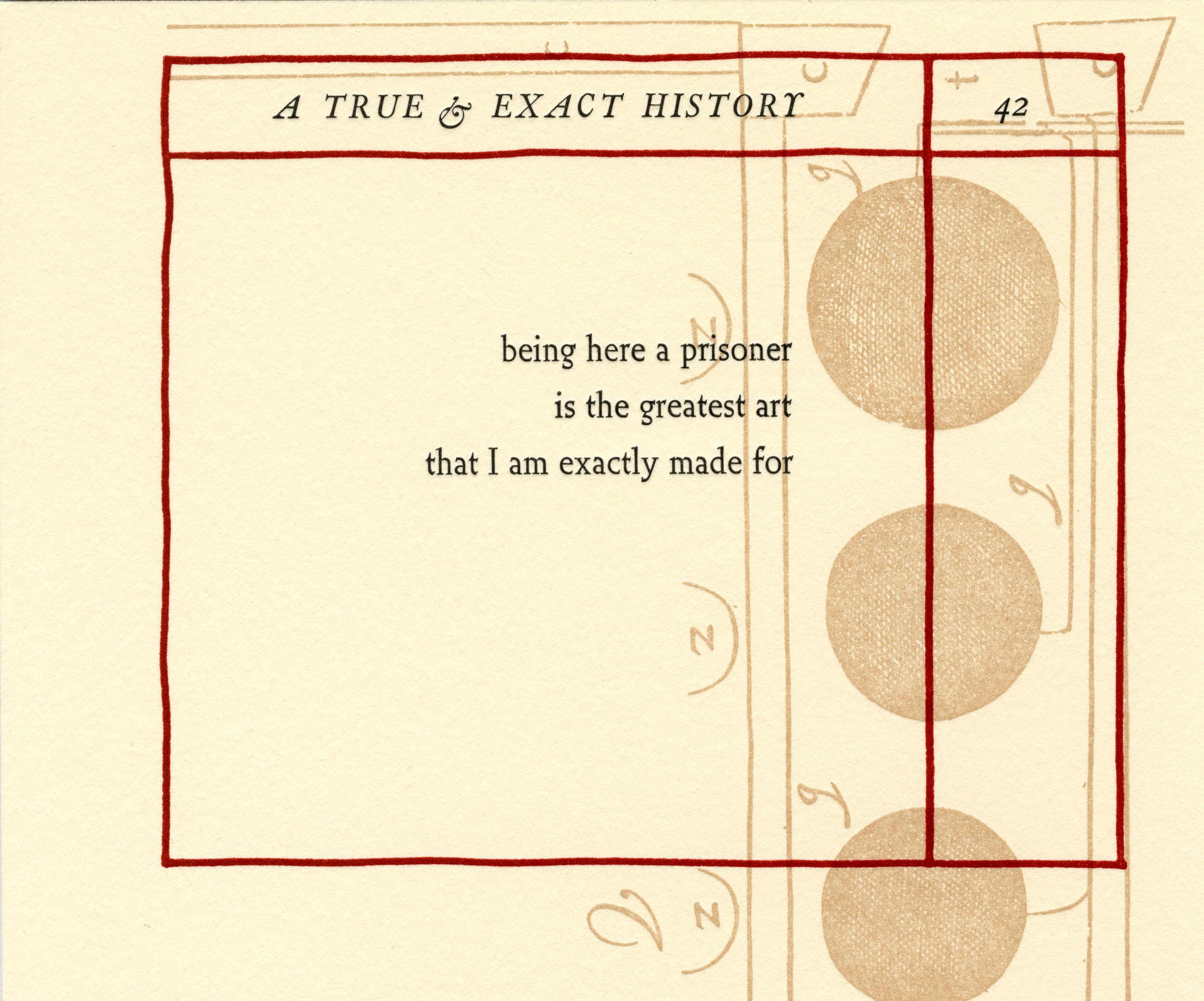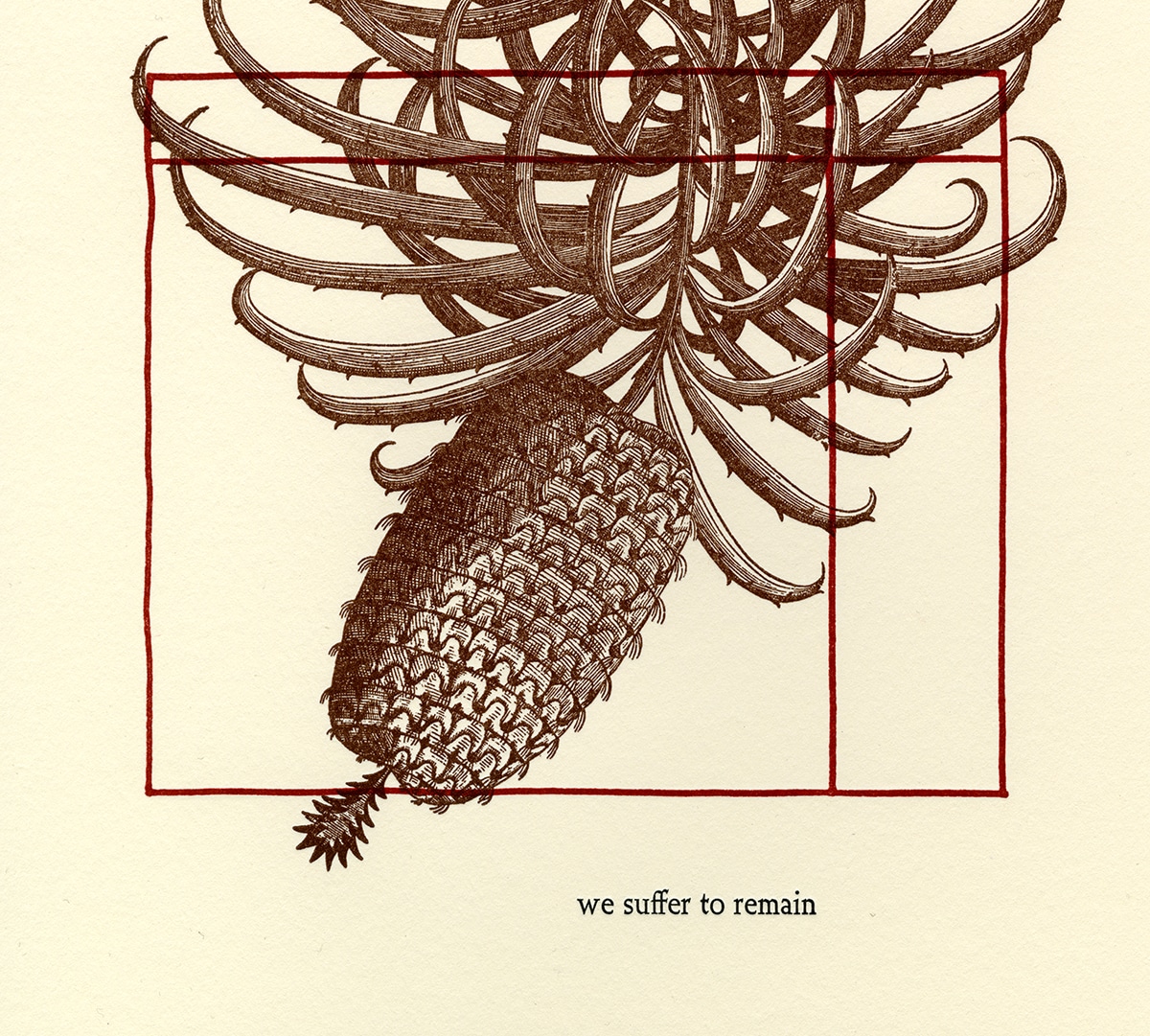For the closing event and finissage of the exhibition “We Suffer To Remain” -Sunday, July 29th–we are left to critically, crucially, question the work of language. “I suffer to remain, Saint of a wild mad Land”. The Caribbean has transitioned from this “wild, mad land” of disease and mystery into the tropical Eden we ubiquitously see in media today. But just what makes this place what it is? Who suffers to remain, and who are the saints and sinners? Sometimes it is easy to get lost in the cacophony of voices in the history of this region. In a place suffering from the silencing of so many, it is harder still to discern what voices are speaking – be they loud, soft, deafening, or a whisper.
All posts tagged: A True & Exact History
Time Travel and Building Bridges in “A True & Exact History”: An interview with Sonia Farmer, Pt II
By Natalie Willis
This week we continue our interview with Sonia Farmer on her work for the upcoming collaborative exhibition with the British Council, “We Suffer To Remain”. It is difficult to think about just who gets to discuss our history, when some voices are silenced, and others get a proverbial loudspeaker. Farmer’s artist book “A True & Exact History”, a poem produced from her erasure of Richard Ligon’s “A True & Exact History of the Island of Barbadoes” (1657), deals with just that.
Lamenting Slavery: Unearthing our history through art.
By Dr Ian Bethel Bennett. The materiality of art and culture is essential to the experience with art and our understanding of the relationship between space, time and humanity. When we do not see, feel or experience the materiality of space, we tend to ignore its existence. Art can be used to bridge gaps between the materiality of experience and the historical omissions and erasures that leave the space open to deletion, and de-historicisation. Music, similar to art, can speak to a similar materialising of experiences that have been wiped out by the passage of time and the shifting sands of spatial economic change. The disappearance from the mental record of the Nassau Market is a salient example of the vanishing materiality and so the memory of that experience. What remains is a space that has been razed of the material market and so the only vestiges remain. The artistic renderings and musical recitations of that material experience, where women and men walked over Market Street, often through Gregory’s Arch, to sell produce in the market, is what remains.


